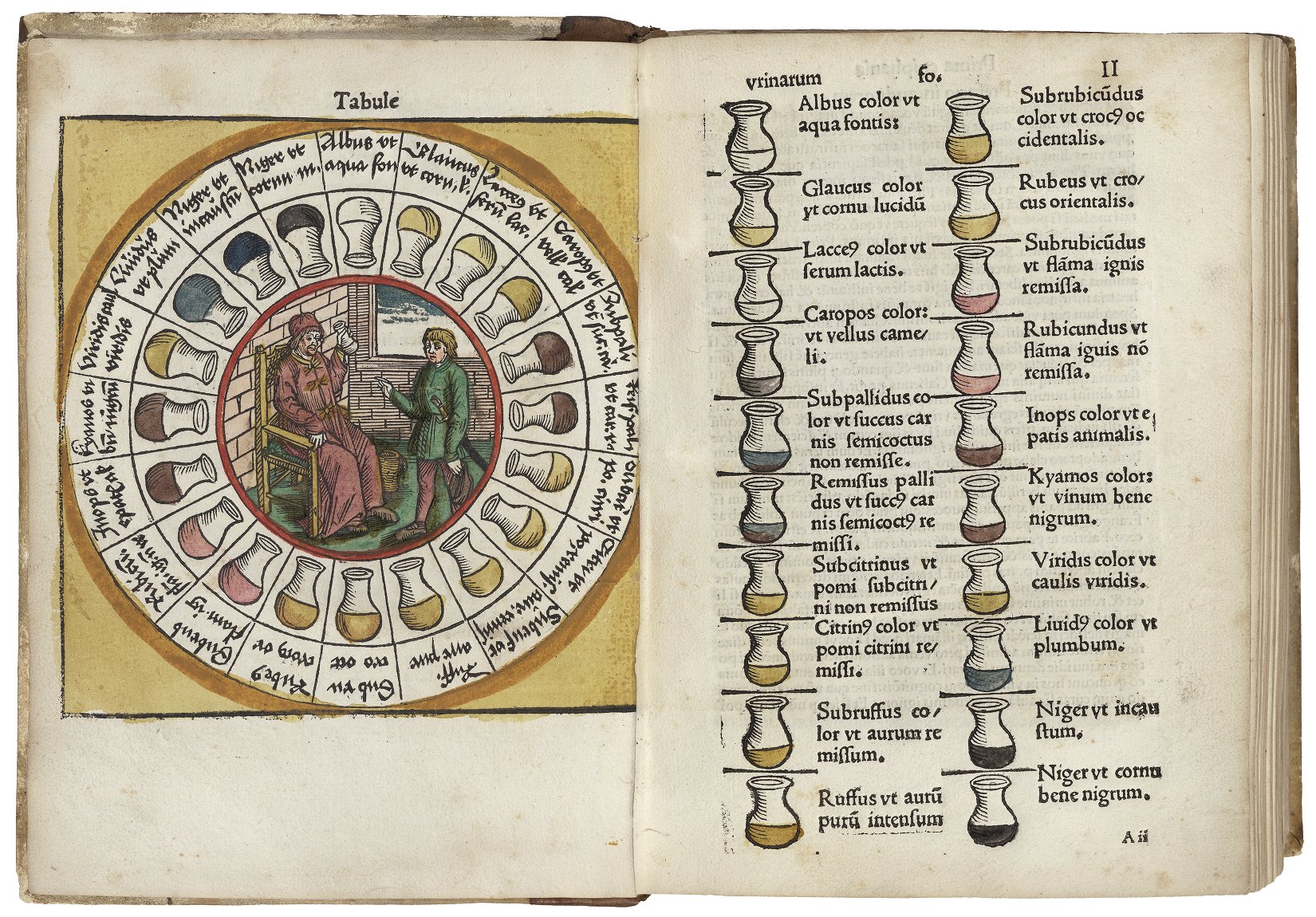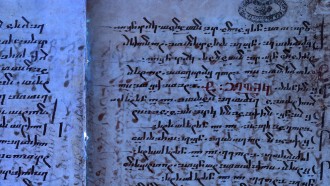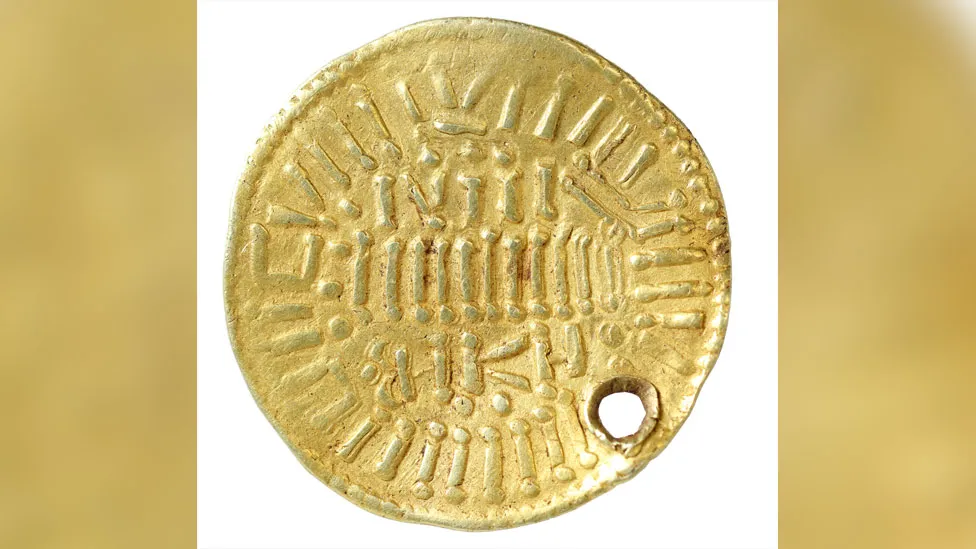Pictish Stone in the Museum of Scotland. Credit: Johnbod/Wikimedia Commons, CC BY-SA
The Picts of Scotland who have long intrigued and have been ascribed exotic origins in fact descended from indigenous Iron Age society and were genetically most similar to people living today in Scotland, Wales, North Ireland and Northumbria. Adeline Morez of Liverpool John Moores University and Linus Girdland-Flink of the University of Aberdeen report these findings in a new study published April 27 in the journal PLOS Genetics.
The Picts, who inhabited early medieval Scotland from about 300–900 AD, formed the first documented kingdoms of eastern Scotland, but have often been a subject of mystery due to the lack of historical and archaeological evidence and due to their enigmatic symbol tradition inscribed on stone. In their new study, Morez and Girdland-Flink sampled Pictish burials to extract genomes to explore how the Picts are related to other cultural groups in Britain. They sequenced DNA from two individuals from central and northern Scotland that dated from the fifth to the seventh century AD. They compared the resulting high-quality genomes to more than 8,300 previously published ancient and modern genomes.
Read the rest of this article...


.jpeg)




































